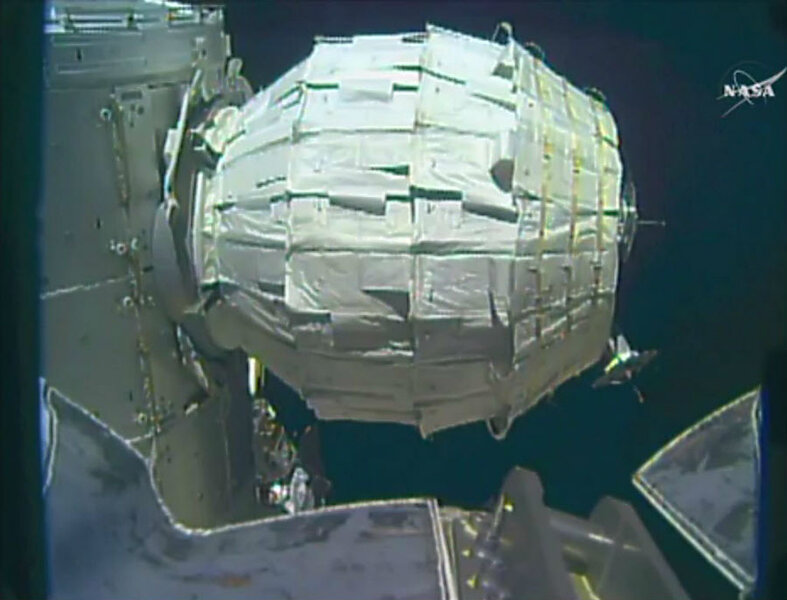Mark Zuckerberg will connect with astronauts over Facebook Live
Loading...
Facebook co-founder and chief executive officer Mark Zuckerberg will connect in real time with three astronauts on board the International Space Station (ISS) on June 1 at 12:55 pm EST, over a live Facebook chat that will be broadcast via NASA's own Facebook page.
The three astronauts to whom Zuckerberg will be speaking – Jeff Williams and Timothy Kopra from NASA, and Tim Peake from the European Space Agency – are part of a six-member ISS crew on Expedition 47. Audience members can ask questions of the astronauts via NASA's Facebook page. During the 20-minute live call, some of those questions will be selected.
People have already begun asking questions on NASA's Facebook page, such as "Is it true that there are much more [valuable] minerals in [the] moon and what is NASA doing to exploit these minerals?" or "How do astronauts make artificial gravity on space stations?"
The ISS conducts microgravity research, develops technology, and performs tests in space to one day make human and robotic exploration possible to asteroids, Mars, and other destinations beyond low-Earth orbit.
The Facebook broadcast will give Earthlings a better sense of what happens onboard the space station, such as how experiments are carried out in a weightless environment, beyond the glimpses available via social media, from Facebook to Snapchat, which NASA now uses for public outreach; its Twitter account alone has more than 16 million followers. Aside from social media, NASA uses NASA TV to live-stream events in space and interviews between space and Earth.
NASA's social media activity sheds light on some of the goings on aboard the space station, such as the second attempt to expand the Bigelow Expandable Activity Module (BEAM), which NASA and Bigelow Aerospace televised on May 28. BEAM is currently attached to the ISS, after an initial attempt to blow it up to full size fell flat.
Expandable habitats like the BEAM take up less room on a spacecraft, but offer greater volume for living and working space. Testing the expandable module will allow researchers to gauge how well it protects against solar radiation, space debris, and temperature extremes in space.
For typical communication between spacecraft and NASA on the ground, messages travel through radio waves. Spacecrafts each are equipped with a transmitter and receiver for radio waves, as well as means of interpreting the information. Even ham radio enthusiasts have had success contacting astronauts, as with one British man who told The New York Times he was "stunned" to receive a reply.
"It's not very unusual," Kyle Herring, a spokesman at NASA's Johnson Space Center in Houston, told The Times. The ISS keeps its own ham radio, separate from the one used for official communication, he said.







